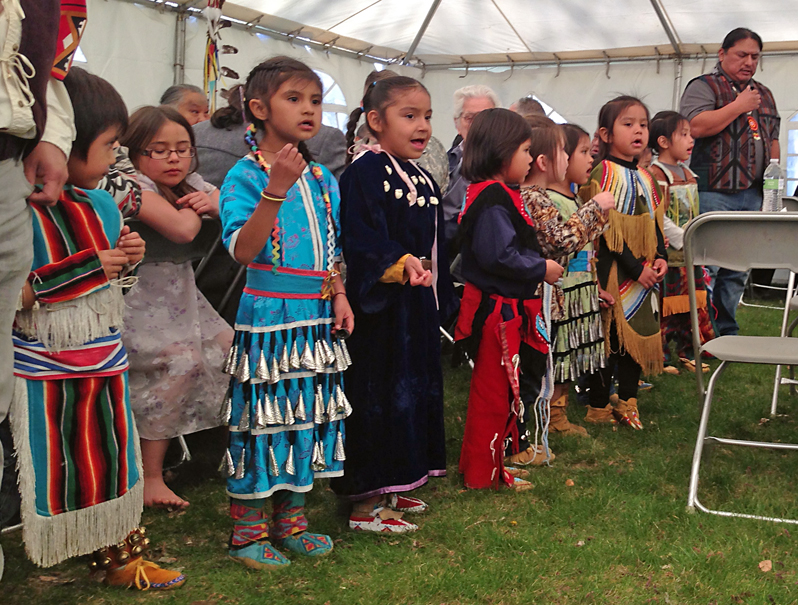Community Development Recommendations
We are salmon people. Since long before the treaties with the United States and its citizens, we lived and derived our economic sustenance from Nch’i-Wana, the Big River, and other rivers in the Columbia Basin. From our homes and fishing stations along the Columbia, we harvested salmon and lamprey, processing and trading the fish through extensive networks.
We have come along way since Celilo Falls and other important villages and fishing areas were encroached upon and then drowned behind the waters of Columbia River dams. The dams challenged our rights to access fish and fishing sites. In exchange for ceding millions of acres to the United States in the treaties of 1855, we reserved for ourselves and succeeding generations the right to take fish at all our usual and accustomed fishing places. Our intent has always been to retain our fish and salmon way of life.
Working with the U.S. Congress and Army Corps of Engineers, we have established new access fishing sites and fishing stations along the river. We now market our salmon and get better prices than at any time in recent history. The historic Celilo Village has been renovated. More and more of our people are making a living again in fisheries as fisher men and women, fish technicians, biologists, hatchery managers and research scientists, and using other skills needed in restoration. Our spiritual connection with the salmon and our other First Foods continues to be celebrated in longhouses throughout the basin.
What Are Community Development Recommendations?
While our native fishing community is coming back to life, the Wy-Kan-Ush-Mi Wa-Kish-Wit Update acknowledges that more work is required to sustain and broaden this resurgence. The well-being of our communities is tied to the use and development of salmon as the center of culture and livelihood as well as to the natural resources and ecological services they provide. The Community Development recommendations are intended to describe some of the key economic and social infrastructure solutions the tribes are implementing or planning to implement. In the recommendations that follow, the community development issue or opportunity is stated (Issue); actions to address the issue are listed (Actions Needed); and expected results are identified (Desired Outcome). These new Community Development Recommendations are offered as part of the tribes’ holistic vision of salmon restoration.






